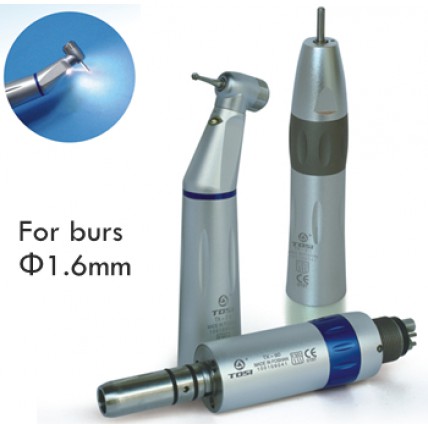Implant unit motors are necessary equipment for placing dental implants. They are composed of a bracket, a pedal, a marathon micromotor and a contra-angle which is connected to the micromotor.
Most manufacturers recommend their own implant unit, but they are independent from the dental implant itself. As a result, you can choose any implant unit you like, no matter which dental implant you use. Moreover, following a little research, you can find motors with a good value for money.
There are several manufacturers specialized in the manufacturing of implant portable dental units such as Bien Air, Nouvag, NSK, Mariotti, W & H etc. All these brands can supply you with machines able to perform surgeries with full guarantees. However, you need to make the appropriate choice according to your needs.
Factors to consider in choosing a micromotor:
Function
Basic functions such as clamping and speed control are available on all engines. However, some extra features can be offered according to your needs. For example, some implant engines have programmes to set up the drilling protocol for each implant or getting the hardness of the bone that you’re milling.
Incorporated Lighting
Some units have an incorporated light or LED on the head of the contra-angle. This function enables you to see much better during procedures. Obviously this has a cost and, for this reason, you need to assess whether this feature is needed.
Type of Pedal
There are models with very simple pedals that control only the on/off button, but there are other much more complex pedals with three or four buttons that control different functions.
Tightening of Torque
The maximum tightening torque of the motor is a very important criteria to consider.
Warranty& After Sales
Another critical point to consider is whether the dental implant equipment has a warranty and after sales/repairing service. Most of the manufacturers offer a warranty of one or two years. If the manufacturer does not have a technical service in your country, you may have to find a good technician for repairs. We recommend that you buy 2 units so you have a spare one if the main one is out of service during a surgery.
Price
The price of the micromotor is directly proportional to the incorporated functions. So if you want to save, you can go for basic technical features excluding lighting or complex programming modes.
Accessories
Finding irrigation lines that are compatible with the engine is very easy and price may be a point to consider when choosing a motor.
What Should Take into Considertation in choosing portable dental units?

